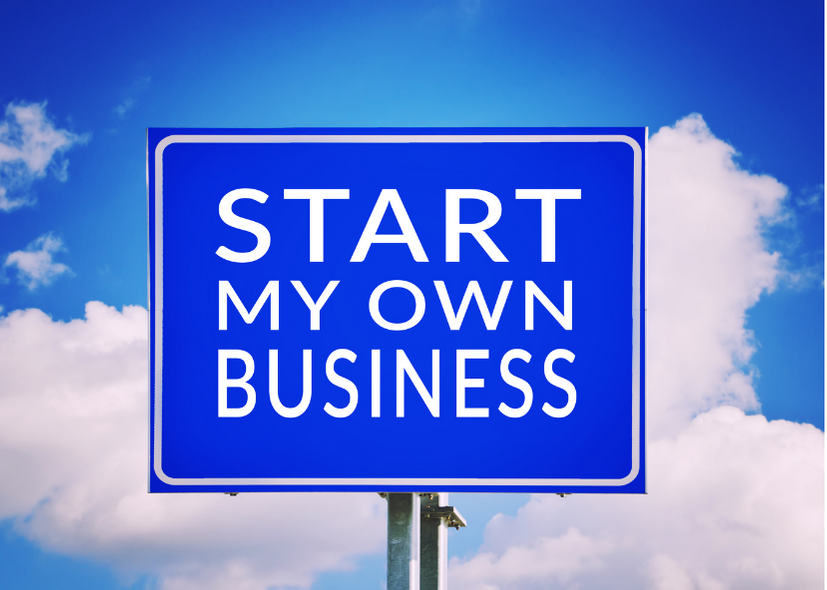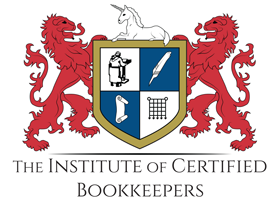Congratulations!
You have started the process of becoming an entrepreneur and want to set up your business.
Now you are asking, “How do I do this? Where do I start”?
For many it seems like a chicken and egg thing, what comes first?
This a just a brief guide on starting a business. We will cover off on some parts in more detail in future posts.
Write a business plan
“By failing to prepare you are preparing to Fail” – Benjamin Franklin.
If you want to really succeed you need a business plan.
Most people skip this step, but it is the most important. Once you start the plan, the steps listed below will filter into your plan.
It does not need to be a best-selling book however these are some of the things you need to address:
- Organisational structure, company/business name,
- What business are you in,
- What do you stand for,
- What are your goals and benchmarks,
- Who are the competitors,
- What is my business model and how do I add value over and above my competitors,
- SWOT Analysis,
- Marketing,
- Pricing, budgets/forecasts,
- What if scenarios,
- Capital investment,
- Key partners,
- Licenses, registrations and more.
- Set prices, budgets & forecasts
You should be setting up a budget based on how much you want to earn.
You need to set your price structure. There is no point starting a business if your pricing is not going to return more money to you than if you worked for someone else. The following is an extract of a calculation on how much you may need to charge to meet your objectives.
Let us say you make $40 gross an hour (appox $79,000 p.a.) with your current employer and you receive superannuation, Holiday Pay, Sick Leave and other benefits. Let us say that you want to earn $50 per hour in your own business (approx. $98,500 p.a.).
If the costs of operation of your business were $12,800 per annum, your charge out rate would need to be approximately $83.00 per hour.
Without a detailed analysis, you will not know.
- Decide on a business structure
Deciding on what type of business structure you need would best done by consulting your accountant. Here are the options and a brief description of each type of structure
A “Sole Trader” is just you working in your own business – you may employee staff however all the responsibility is yours as is all the debt of the business. This is the simplest and cheapest structure, and you can easily change the structure as you grow.
A “Partnership” is exactly that, where 2 or more people join to form a business and share in the responsibilities, the income & expenses. All partners are personally responsible for the business debts and each party is responsible for debts of the business incurred by other partners. Therefore, you really need to choose a partner carefully that can be trusted.
A “Company” is a separate legal entity from its shareholders and officers. In general terms a shareholder is not liable for the company’s debts, however most suppliers and banks will ask shareholders to provide legal guarantees. Another point is that if the company is trading whilst insolvent the Director can be held personally liable for the company debts.
The tax rate on companies is lower than the highest rates for individuals. There are added costs in having a company as financial reports need to be completed (Increased accounting costs) and payment of ASIC fees.
A “Trust” is where a trustee (an individual or company) carries on the business for the benefit of the beneficiaries. A trust provides asset protection and limits the liability of the business. The Trustee distributes any profits at their discretion and the beneficiaries pay tax at their marginal rate. This structure is complex and can be expensive but can afford better protection.
For more information see Australian Government Business page.
- Plan your partners – Bookkeeper & Accountant
Here you need to decide on your partners in your business. Will you be doing the bookwork yourself or will you hire a professional bookkeeper. What software will you use, how often will the bookwork be completed?
I say partners because when you choose your bookkeeper and accountant they should be trusted & invested in your business and want to help your business grow. Choose partners that you feel at ease with, that are a great fit for your business. Make sure your bookkeeper is a Registered BAS agent as this means they have been through training and must continually complete education to meet the requirements by the Tax Practitioners Board
At Eco Bookkeeping + Business Solutions, we only use Xero or MYOB, however you may want to use an excel spreadsheet to start with. Ask yourself:
- am I capable of doing some or all the bookwork myself,
- do I have the time,
- could I make more money doing what I do best and leave it to the professionals.
- Registrations
So finally, you are ready to register your business name, Australian Business Number (ABN) and other registrations if applicable.
- Search for your business name to make sure it is available go to Search ASIC Registers.
I also suggest you enter your business name in “Google” sometimes your business name has been used by someone on social media that have not registered their business name. Remember you want to stand out!
- Check if the URL is available at business.gov.au
- Check if you already have an ABN – (Sole Traders) – type your name in ABN Lookup.
- Now you can complete all the registrations at business.gov.au
This is a one stop shop, for all your registrations and its free (Except the business name which $37 for 1 year & $87 for 3 years) just choose everything you want to register for, ABN, Business Name, Australian Company & name, Goods & Services Tax (GST), Pay as You Go (PAYG) withholding and other registrations.
Many businesses starting out decide not to register for Goods & Services Tax (GST), mainly because business do not need to if there estimated annual turnover is less than $75,000. A reason that you may want to register for GST regardless of turnover is that you want to look like you are an established business, others may perceive that your business is small and new.
- Create a website, social media pages & branded email address
If you are serious about your business, you need a website and a great one. This is where potential clients see your business as professional & credible. A website also allows you to have a professional email address such as sonja@ecobookkeeping.com.au
A great website can draw in clients from google searches and it is a place to showcase your products or services. Invest in a graphic designer to design your brand and let this flow through to all social media.
You can a use graphic designer to build our brand & logo, and use a system like Canva to do all your promotions as it allows for all your branding to be incorporated. You can post straight to social media.
- Other considerations
Depending on your business you may need to investigate any permits or licenses you may need see Australian Business Licence & Information Service. You may want to register a trademark at Business.gov.au.
If you want to employ staff, there are many thinks to consider we will address this in a dedicated news article later. As a starting point have a look at Fair Work Ombudsman & Business.gov.au.
Conclusion
As you can see there are several processes that need to be completed and we hope you gained some insight on How to Start a Business in Australia. It may seem daunting, but if you are passionate and driven to be a successful entrepreneur your decision to use the tools suggested will come back to you tenfold. If you need any help on how to set a business or anything else contact us and we would be more than happy to discuss.








Recent Comments